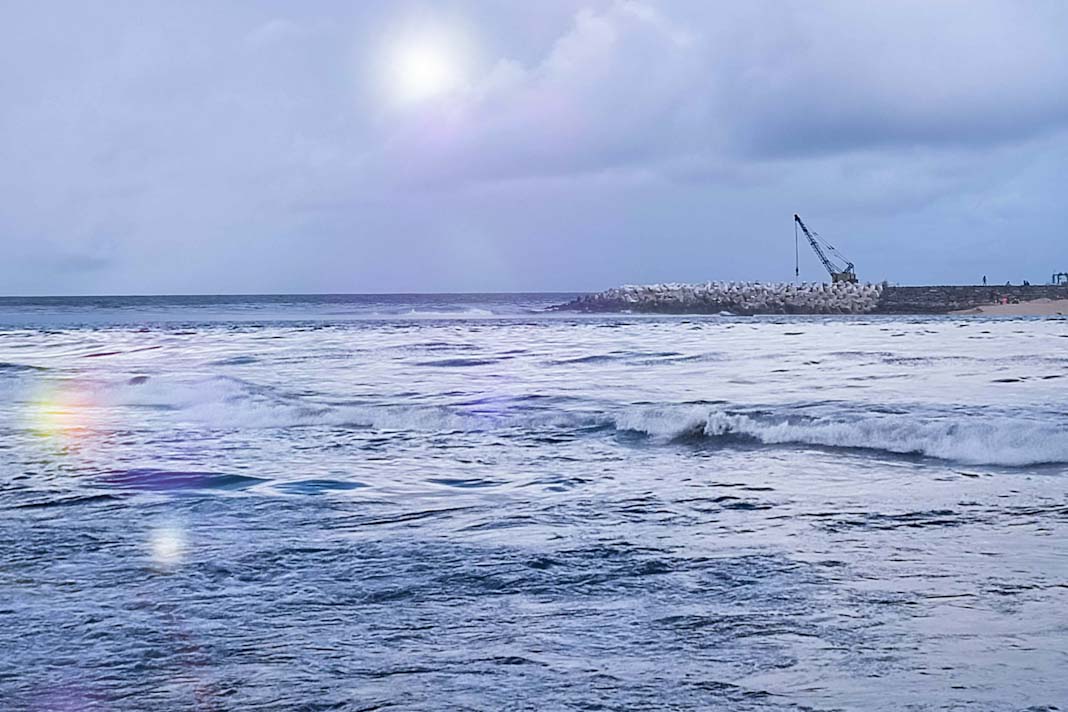 January was clearly a volatile period, but by the end of the month it appears the developments are beginning to cool off.
January was clearly a volatile period, but by the end of the month it appears the developments are beginning to cool off.
Asia to Europe trades, which are the ones most heavily impacted by the Red Sea crisis, saw spot rates level out and decline ever so slightly towards the end of January. This is not quite the case yet for the head haul Pacific rates. A reasonable interpretation of the developments includes two core parameters: Fear and Chinese New Year.
Europe is especially hard hit by service disruptions, and it is only logical that the strongest response should be seen here first. “Fear” might perhaps be too subjective a word – one could also say the importers learned a lesson from the pandemic. In the early pandemic phase, many underestimated the pressure we would see on capacity due to service disruptions. This subsequently became an even larger problem as capacity shortages worsened and rates continued to increase even further.
We have already hit the peak of disruptive impact. Vessels that needed extra-long detours to go around Africa have now completed those journeys. The empty container shortfall that could be expected in China likely reached an apex in terms of magnitude already in mid-January. As such the momentum for rates to spike even further on account of fear of worse to come has waned.
This time around it might be a little different. We have already hit the peak of disruptive impact. Vessels that needed extra-long detours to go around Africa have now completed those journeys. The empty container shortfall that could be expected in China likely reached an apex in terms of magnitude already in mid-January. As such the momentum for rates to spike even further on account of fear of worse to come has waned. This factor is less of an issue on the Pacific. The disruptions hit a much smaller amount of the total US imports, and an obvious way to circumvent the problem is to re-route cargo to USWC – in turn acting as a push upwards for rates there.
The other element to keep in mind is that we are in the last week of usual peak run-up to Chinese New Year. Seasonally, rates are supposed to go up and hence the positive momentum on Pacific comes to some degree from this. In that context it is more remarkable that the Asia-Europe rates are already flatlining – in itself another indication that the disruption of capacity is not as severe as feared.
Most likely we will see spot rates wane in the aftermath after Chinese New Year. Not back to pre-crisis levels at all, but somewhat below where they are currently peaking. But there will be an upwards momentum on new contract rates as these now also need to reflect both the added cost of round-Africa services as well as the sudden strengthening of the supply/demand balance in favour of the carriers.
Most likely we will see spot rates wane in the aftermath after Chinese New Year. Not back to pre-crisis levels at all, but somewhat below where they are currently peaking. But there will be an upwards momentum on new contract rates as these now also need to reflect both the added cost of round-Africa services as well as the sudden strengthening of the supply/demand balance in favour of the carriers.
Global schedule reliability dropped sharply in the measurement for December as per Sea-Intelligence down to 57%. Likely this number will be revised further downwards as some vessels are so severely delayed that they had not even arrived yet at the time the data was collated. January will be worse still. But after that we should see an improvement as the round-Africa services have stabilised. Transit times are obviously longer, but reliability will improve.
Finally, a comment on the Gemini Corporation which is the new collaboration between Maersk and Hapag-Lloyd. This new collaboration, and their network, will only come into effect from February 2025. It will therefore have no short- or medium-term impact on any shippers. However, as 2024 progresses shippers would need to think through how they want to tackle contractual relations with the two carriers in cases where contracts extend into February 2025 and beyond.
Did you subscribe to our daily newsletter?
It’s Free! Click here to Subscribe
Source : Baltic exchange





















